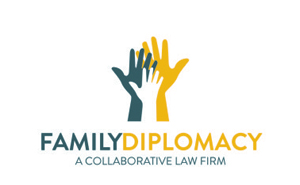Many people come to my Tampa office because they heard collaborative divorce is private, respectful, conducive to co-parenting, and usually quicker than the traditional courtroom divorce. But they do not quite understand logistically how the collaborative process works.
The first thing to understand is that each party is represented by his or her own attorney whose sole purpose is to help the parties reach a settlement. The attorneys are contractually barred from engaging in costly, damaging contested court battles. If parties want to fight one another in the court system, they must choose different litigation attorneys.
A neutral facilitator, who usually is licensed in a mental health profession, is involved in most collaborative cases. The facilitator not only helps the parties (and attorneys) focus on the future rather than rehash the arguments of the past, but he or she also teaches the parties communication and dispute resolution techniques that will help them and their families long after the divorce is finalized.
A neutral financial professional is also oftentimes used to efficiently ensure financial transparency between the parties, to develop personally-tailored options for support and the division of assets and debts, and to help the clients budget to give them the best chance for financial security once their divorce is finalized.
Some folks are visual learners, and so my firm has created a flowchart that shows how a collaborative case might proceed. Please understand that, depending on the facts of your case and the needs of your family, your collaborative divorce process may be customized differently:
Read more →




